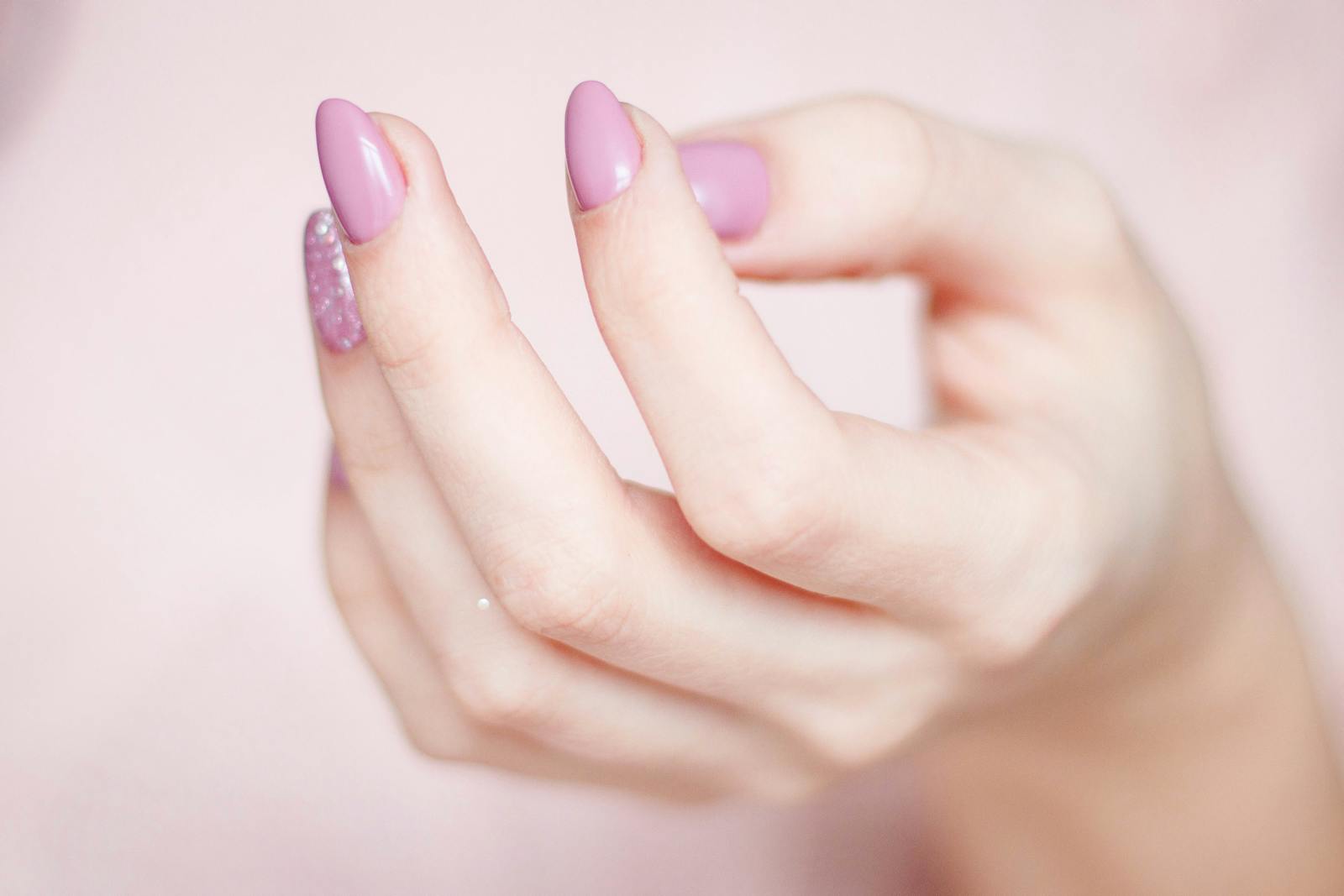The Role of Nails in Health Diagnostics
Nails are not merely aesthetic; they serve as functional appendages that can reflect our overall health. Comprised of keratin, nails cover the fingertips and toes, with their structure including the matrix, nail plate, lateral folds, and free edge. The thickness of a nail ranges from 0.5 to 0.75 millimeters, and it grows approximately 0.1 millimeter per day, though this rate can decrease with age or be influenced by systemic or dermatological conditions.
Common Nail Abnormalities and Their Implications
Changes in nail appearance can be indicative of various health issues:
- Psoriasis: Characterized by pitting, rough surface, loss of shine, and discoloration. In some cases, nail changes may be the sole manifestation of the disease.
- Alopecia Areata: Presents as pinpoint or linear depressions, rough texture, and loss of shine or striations.
- Darier’s Disease: Noted for brittle nails and the presence of white striations at the cuticle edge.
- Yellow Nail Syndrome: Associated with chronic respiratory conditions, such as chronic bronchitis, bronchiectasis, pleural effusion, and lung cancer.
- Chronic Liver Diseases: Manifestations include nail detachment, altered shape, striations, fragility, and a crystalline appearance, often observed in cirrhosis patients.
- Renal Diseases: Characterized by transverse white striations known as “half-and-half nails,” with the proximal portion appearing white and the distal portion red or brown.
- Endocrine Disorders: Conditions like acromegaly result in large nails, while hyperthyroidism leads to rapid growth, softening, detachment, striations, and spoon-shaped nails. Conversely, hypothyroidism causes slow growth and brittle nails.
- Diabetes: Nail anomalies are secondary to neuropathy or vascular changes, often accompanied by fungal or bacterial infections.
- Psychogenic Disorders: Nail damage may result from compulsive behaviors like nail-biting or scratching.
- Vascular Diseases: Conditions such as Raynaud’s disease can cause nail displacement, blue discoloration, striations, and curvature alterations.
- Vitamin Deficiencies: Vitamin A deficiency leads to thin nails resembling egg shells, while B12 deficiency causes pigmentation changes, and vitamin C deficiency results in red and blue spots.
- Medication Side Effects: Prolonged tetracycline use can cause transverse white lines and yellowish nails, while isotretinoin may induce excessive granulation tissue growth at the nail edges.
When to Seek Medical Attention
Any noticeable changes in nail shape, color, or texture should prompt consultation with a healthcare professional. Early detection of underlying health issues can lead to more effective management and treatment.




